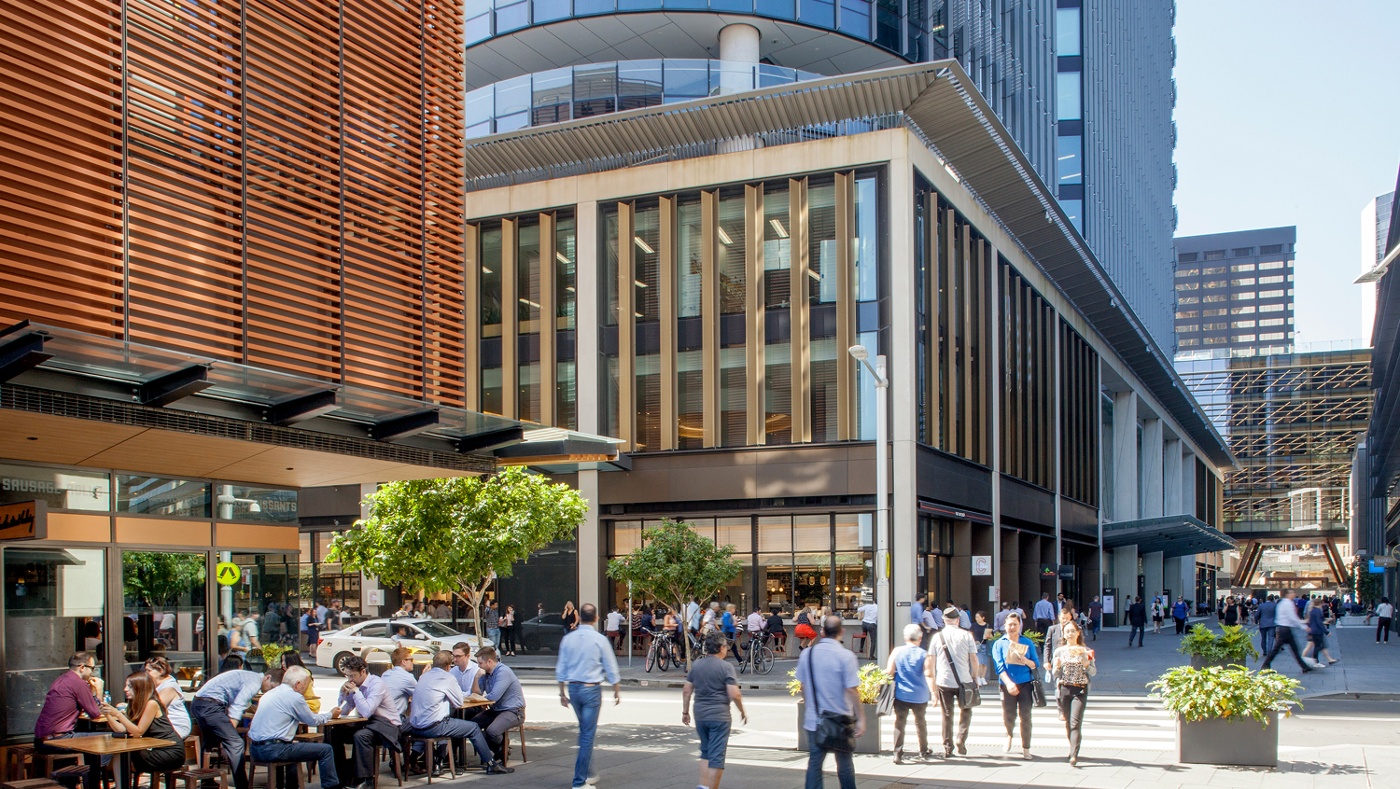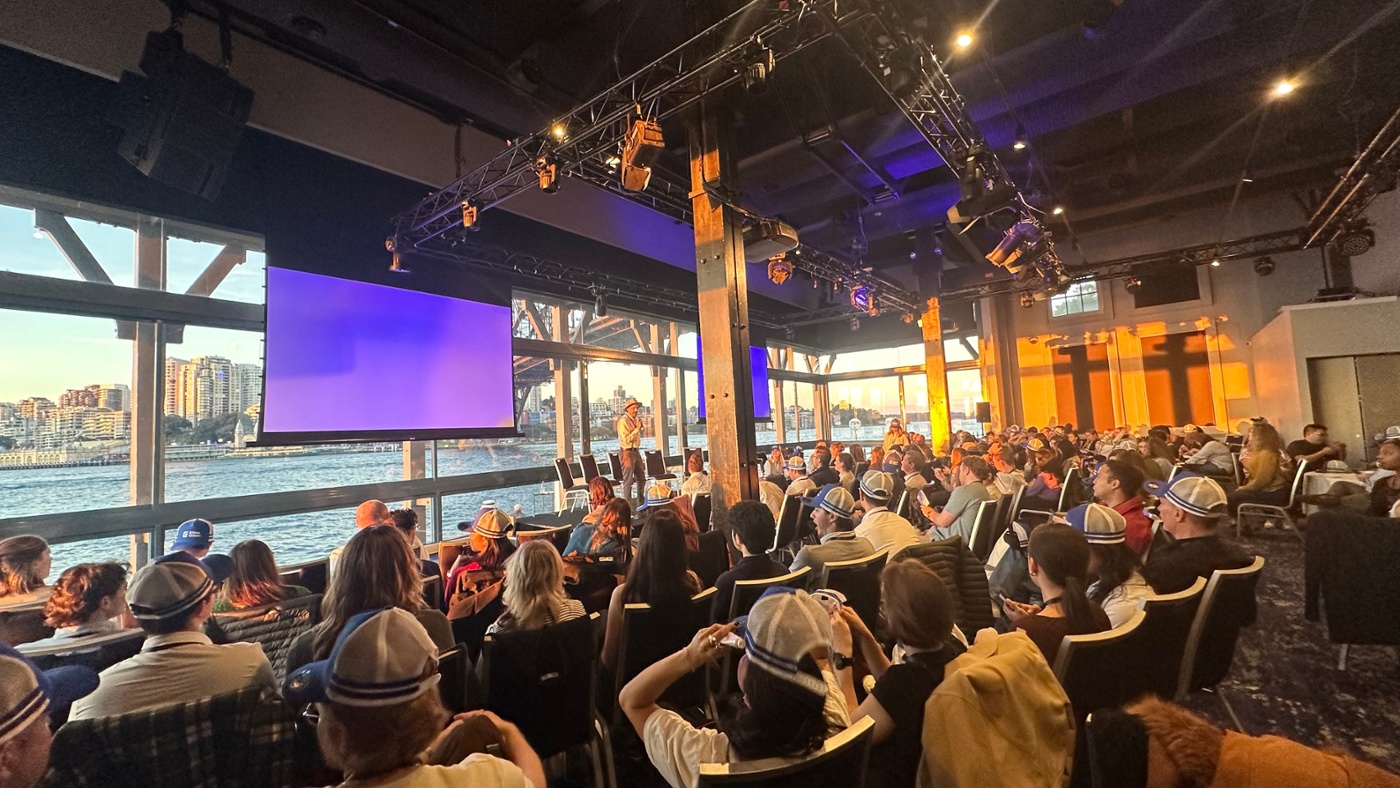Co-living has been introduced as a new form of residential accommodation
What is co-living?
The release of the Draft Housing SEPP sees the introduction of a new form of residential accommodation of co-living, which has been defined as:
A building or place that;
(a) has at least six private rooms, some or all of which may have private kitchen and bathroom facilities.
(b) provides occupants with a principal place of residence for at least three months.
(c) has shared facilities, such as a communal living room, bathroom, kitchen or laundry, maintained by a managing agent, who provides management services 24 hours a day.
Previously grouped under the Boarding House definition, this is a positive step towards distancing this emerging land use from the often-maligned boarding house definition.
The revised draft SEPP however deletes the specific land use term of student housing, which means student housing will be facilitated through the Co-living definition when ‘off campus’ or via SEPP (Educational Establishments and Child Care Facilities) 2017 for ‘on campus’ accommodation.
Key Standards
The co-living housing provisions are similar to those that apply to boarding houses – however there is no affordability requirement nor does the facility have to be run by a Community Housing Provider.
Key however are the locations where this use is permissible. Effectively, the intent of the draft SEPP is to make the land use permissible where councils are planning for higher density residential development. This will have a huge impact on the land available for this form of living, which had often sought out R2 zoned lands. This will no longer be the case, as it is prohibited in Zone R2 Low Density Residential unless a Council makes it specifically permitted under its LEP.
Regardless, some of the key ‘non-discretionary’ development standards (i.e. standards, when met, cannot be used to refuse development) affecting the land use are:
- A floor space ratio bonus of 10% is proposed on land where residential flat buildings are permitted and on which there are no heritage items, until 1 August 2024. The proposed approach acknowledges that developers have been building “new generation” boarding houses under the existing boarding house provisions of the ARHSEPP and that this contributes to housing diversity.
- As the Apartment Design Guidelines of SEPP 65 do not apply, there are amenity requirements of at least three hours of direct solar access provided between 9am and 3pm in mid-winter in at least one communal living area.
- Communal living areas of at least 30sqm plus at least require a further 2sqm for each private room in excess of six private rooms, and minimum dimensions of 3m for each communal living area.
- Communal open space must be at least 20% of the site area with minimum dimensions of 3m.
- Landscaping requirements will refer back to the provisions for medium density (in R2 or R3 Zones) or residential flat buildings (in R4 Zones) under the relevant planning instrument (i.e. SEPP 65 or Low-Rise Housing Code if the LEP does not define).
- Car parking as per the Council DCP or 0.5 per private room, whichever is the lesser within Greater Sydney, as well as at least one bicycle parking space for each private room, and at least one motorcycle parking space for every five private rooms.
Further key development standards
- Minimum room sizes or 12sqm for private rooms are intended to be used by a single occupant or 16sqm for double occupants. Note – this does not include the area of the kitchen and bathroom.
- Minimum lot sizes are as per the LEP that applies – or other relevant instrument.
- Front, side and rear setbacks as per the LEP that applies – or other relevant instrument. In addition, for buildings over three storeys – the minimum separation distances of the ADG apply.
- Cap of 12 private rooms and must be located in ‘an accessible area’ (i.e. proximate transport services) for the R2 zoning .
- Active ground floor uses for co-living in a business zone.
In terms of the tax concessions that were available under the Boarding House land use term, we understand that the Government is exploring alternative solutions for the tax treatment of this new housing type to ensure its longer-term viability.
The need for local voices
Whilst the provisions for co-living are supported, it is clear that Government has listened to local authorities who for many years, generally have not supported the delivery of new generation boarding houses in low density zones. This is further demonstrated in a number of the provisions which seek to control built form to align to the existing planning instruments that already apply to sites.
The exclusion of this form of development in the R2 low density zones has the potential to wipe out over 80,000Ha of zoned land in the Sydney Metropolitan Area (see map below) – and places even further pressure on the medium to high density residential areas that are already hotly contested for alternative high density forms of development.
We recommend that the industry engage with this key piece of policy, with submissions to the DPIE due by 29 August 2021.
Group homes
The Explanation of Intended Effect (EIE) proposed amendments to the group homes provisions to allow for conversion of an existing dwelling to a group home. A group home is defined as a dwelling (not used for the purposes of seniors living);
(a) that is occupied by persons as a single household with or without paid supervision or care and whether or not those persons are related or payment for board and lodging is required.
(b) that is used to provide permanent household accommodation for people with a disability or people who are socially disadvantaged.
It is important to note that the existing group home provisions will be transferred in their current form to the proposed Housing SEPP, with a comprehensive review of these provisions to take place later in 2021 – however proponents are allowed to convert existing dwellings to group homes.
Further, a consent authority must not refuse consent unless the consent authority has made an assessment of the community need for the group home, nor can it impose a condition on a consent granted for a group home only because the development is for the purposes of a group home.
We recommend that the industry monitor the review of the Housing SEPP as it relates to Group Homes.
Related Insights

Ethos Urban to join Colliers

Celebrating growth and excellence: 2025 promotions

Property Council of Australia Committees Announced for 2025/26

Ethos Urban Returns as Series Sponsor for Outlook 2025

Navigating the NSW State Significant Rezoning Policy


